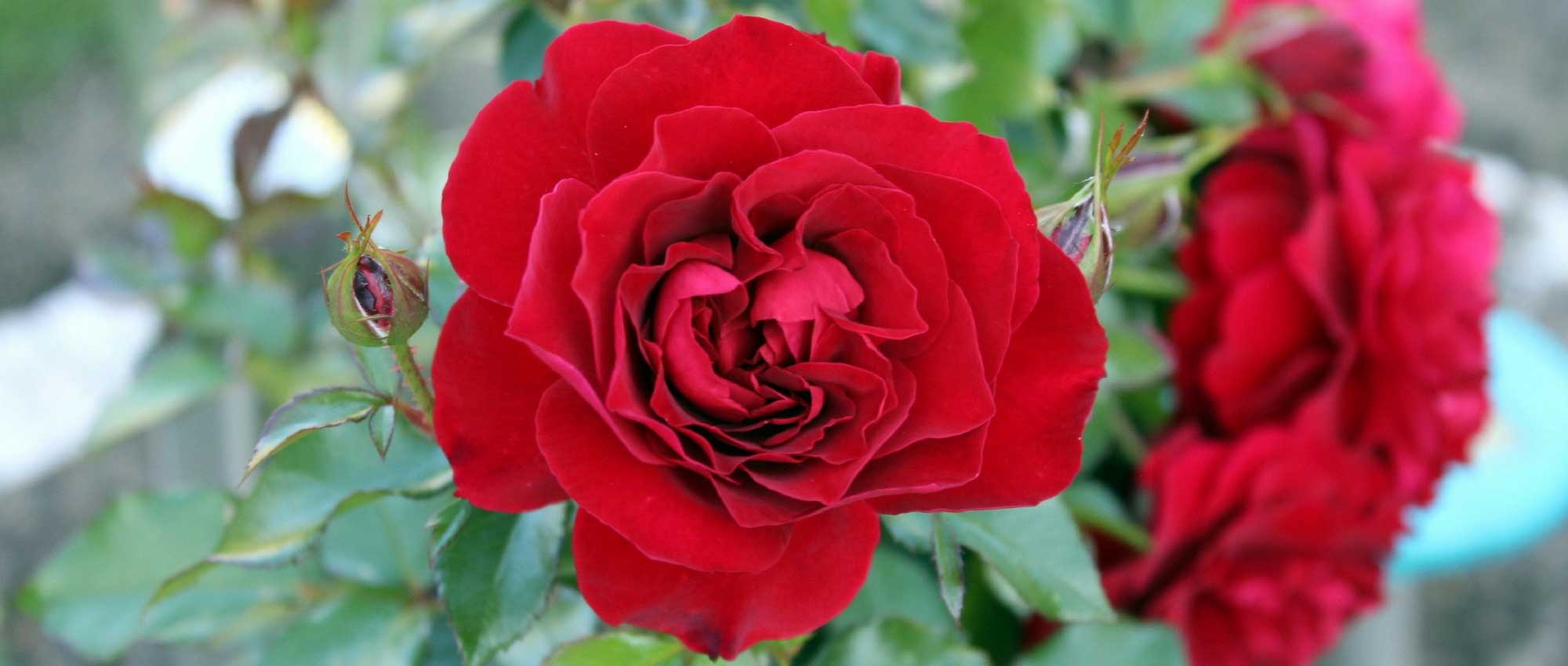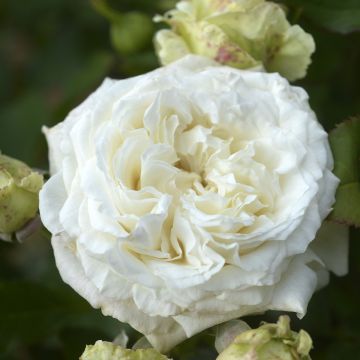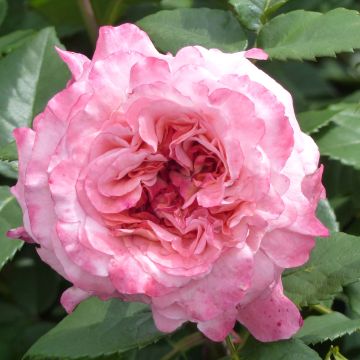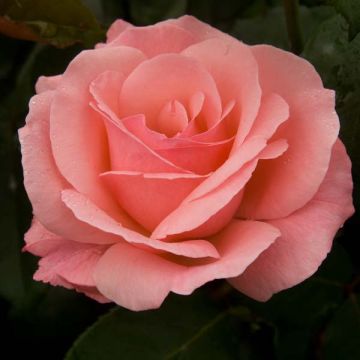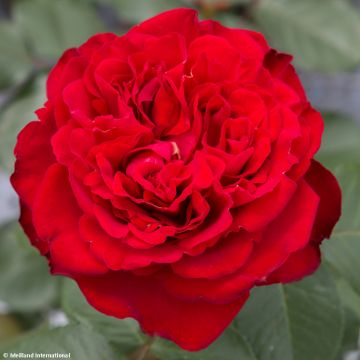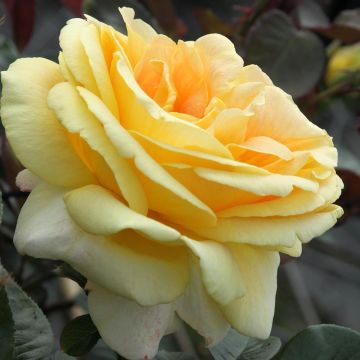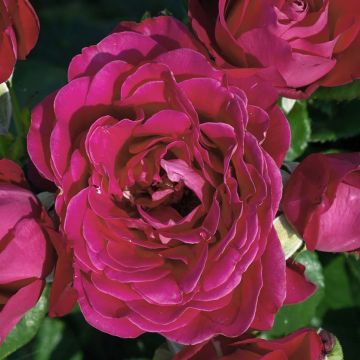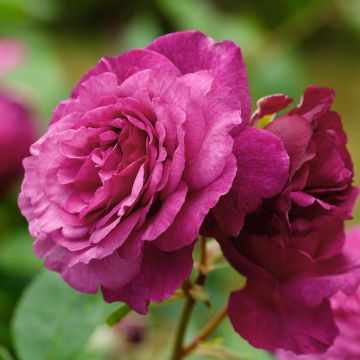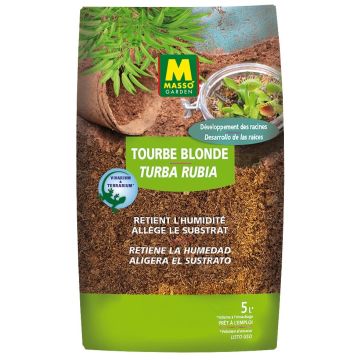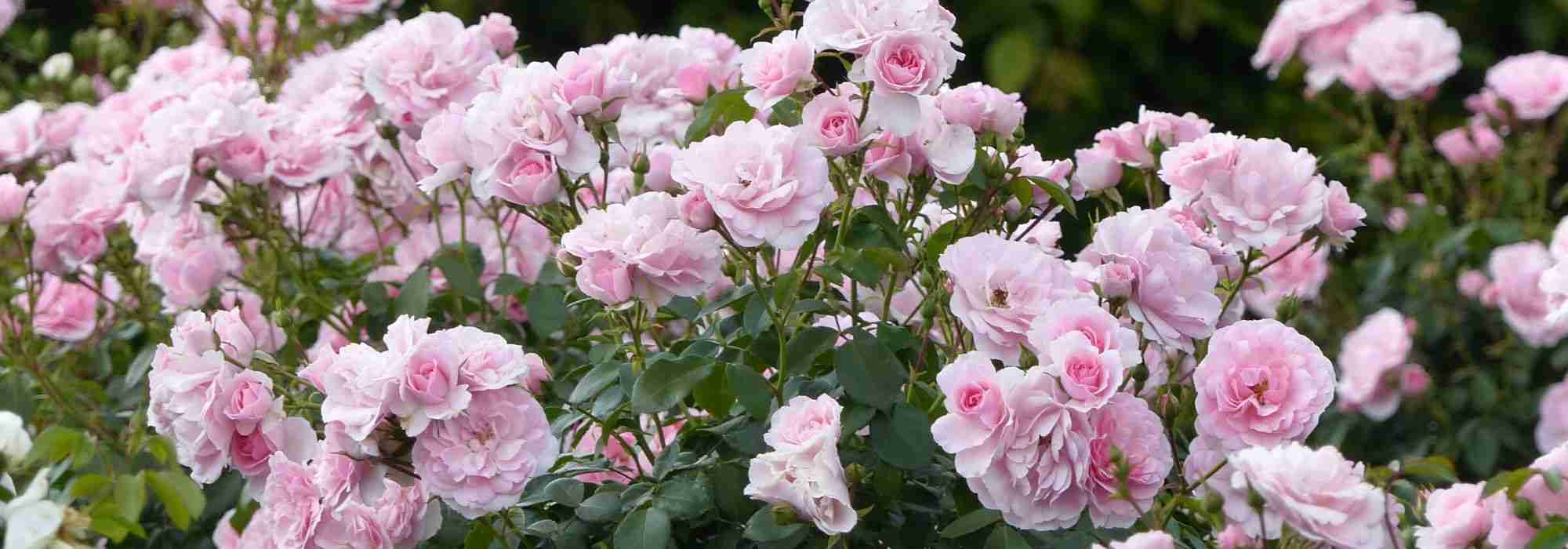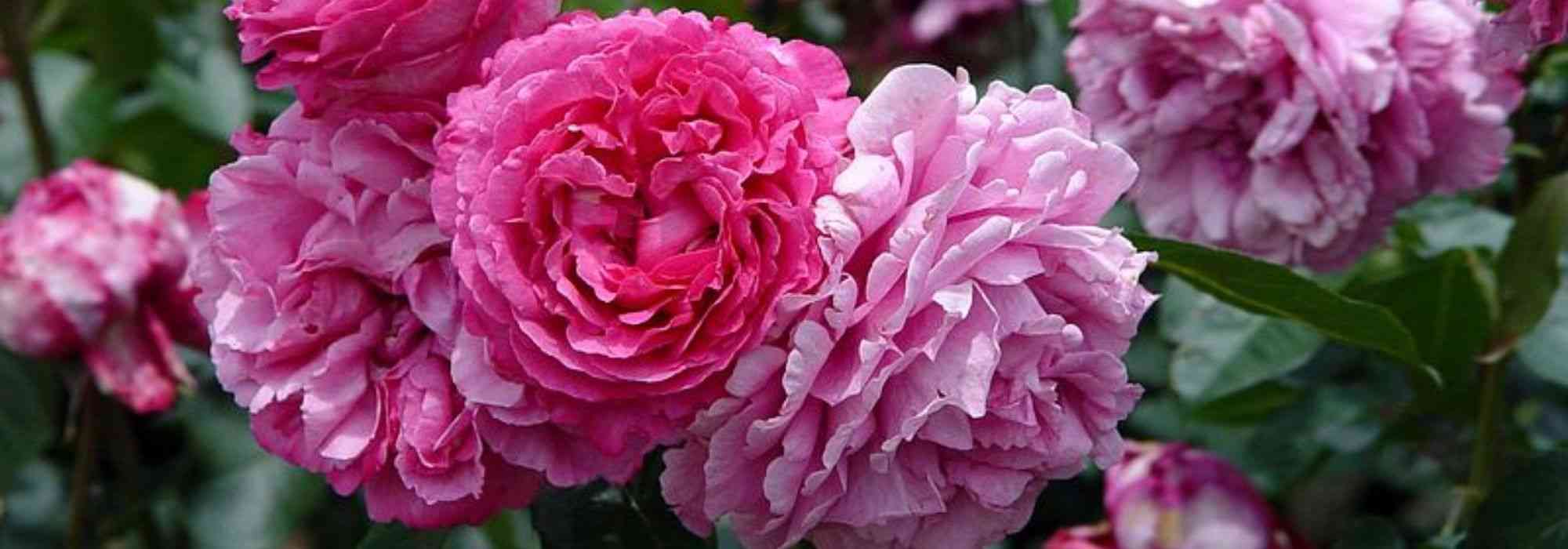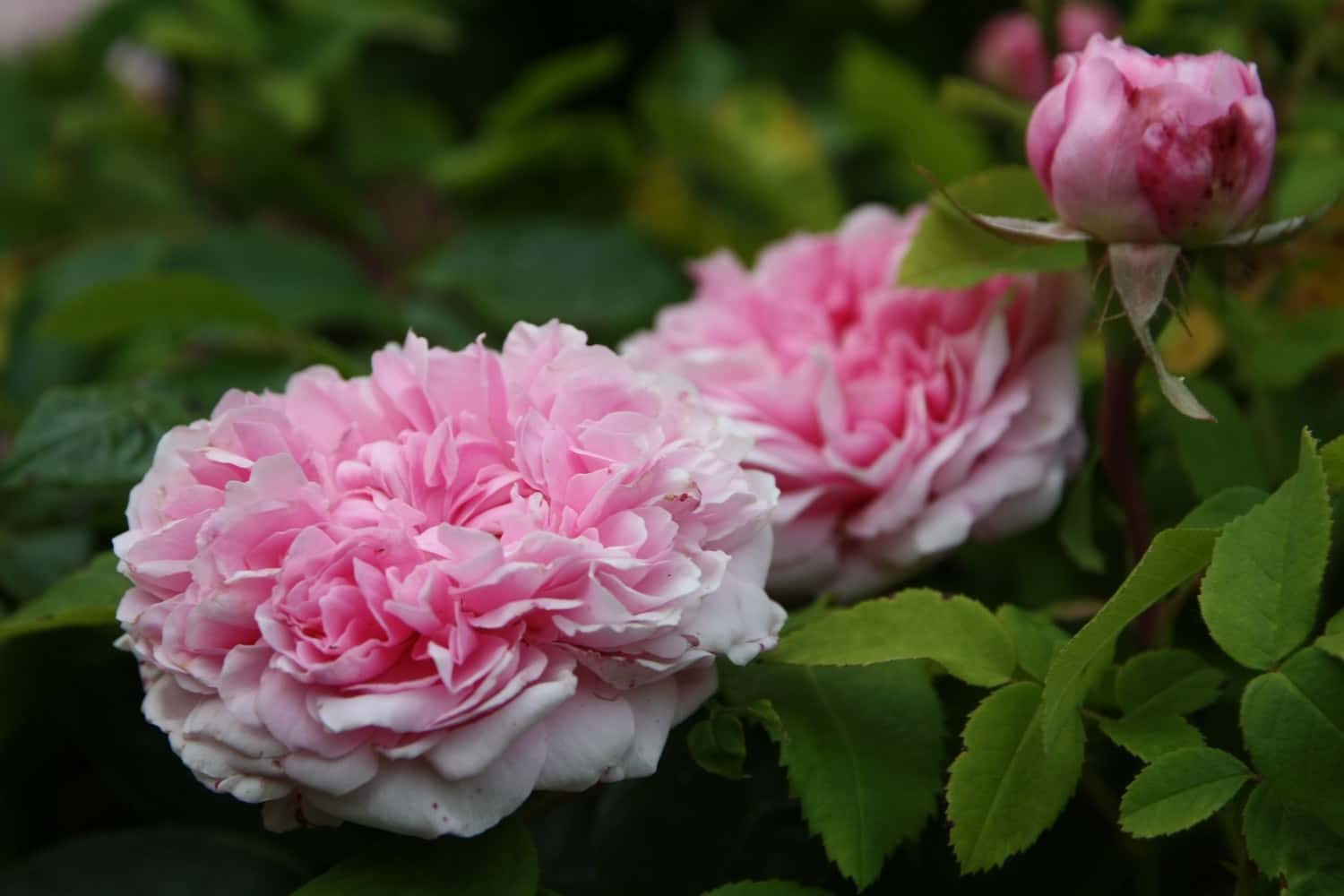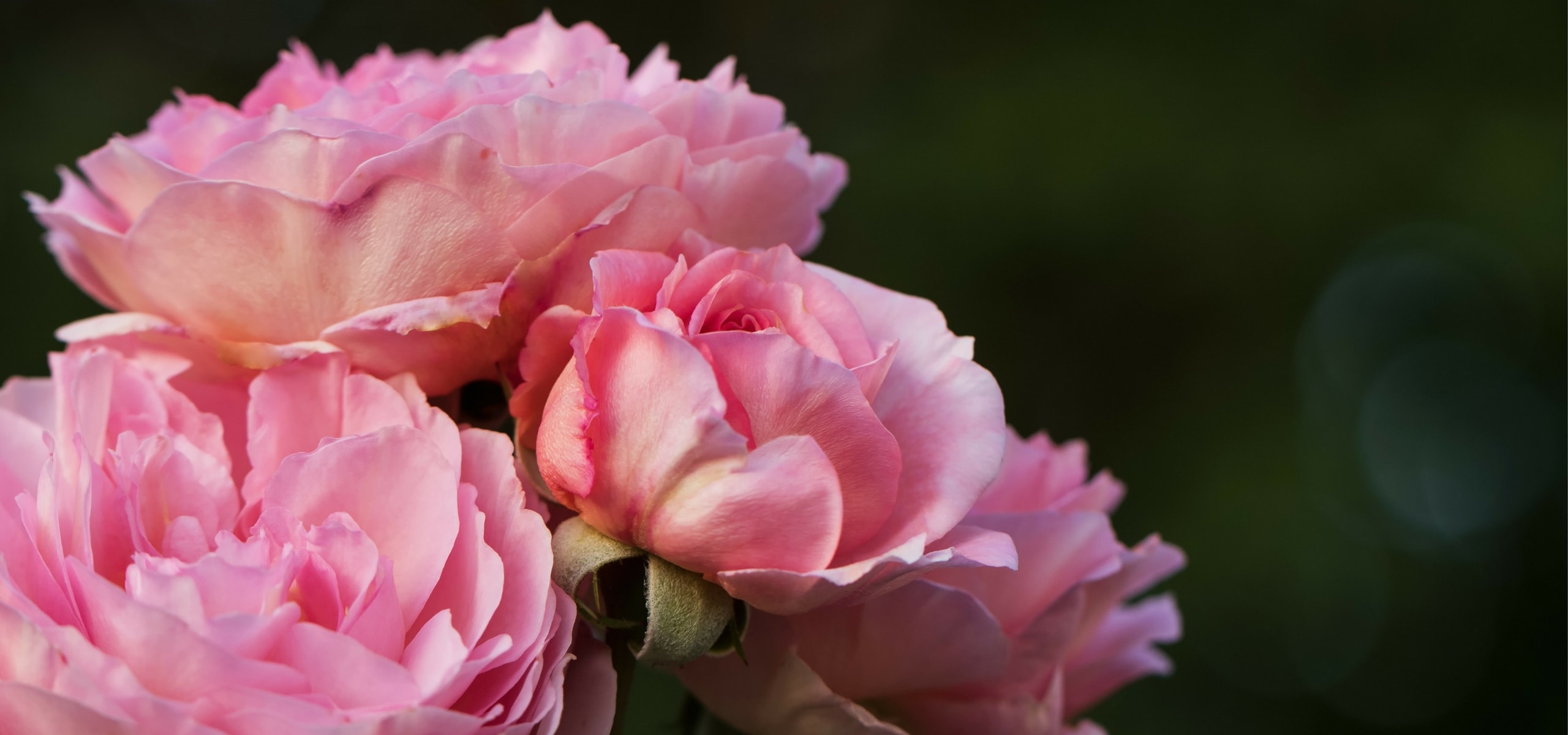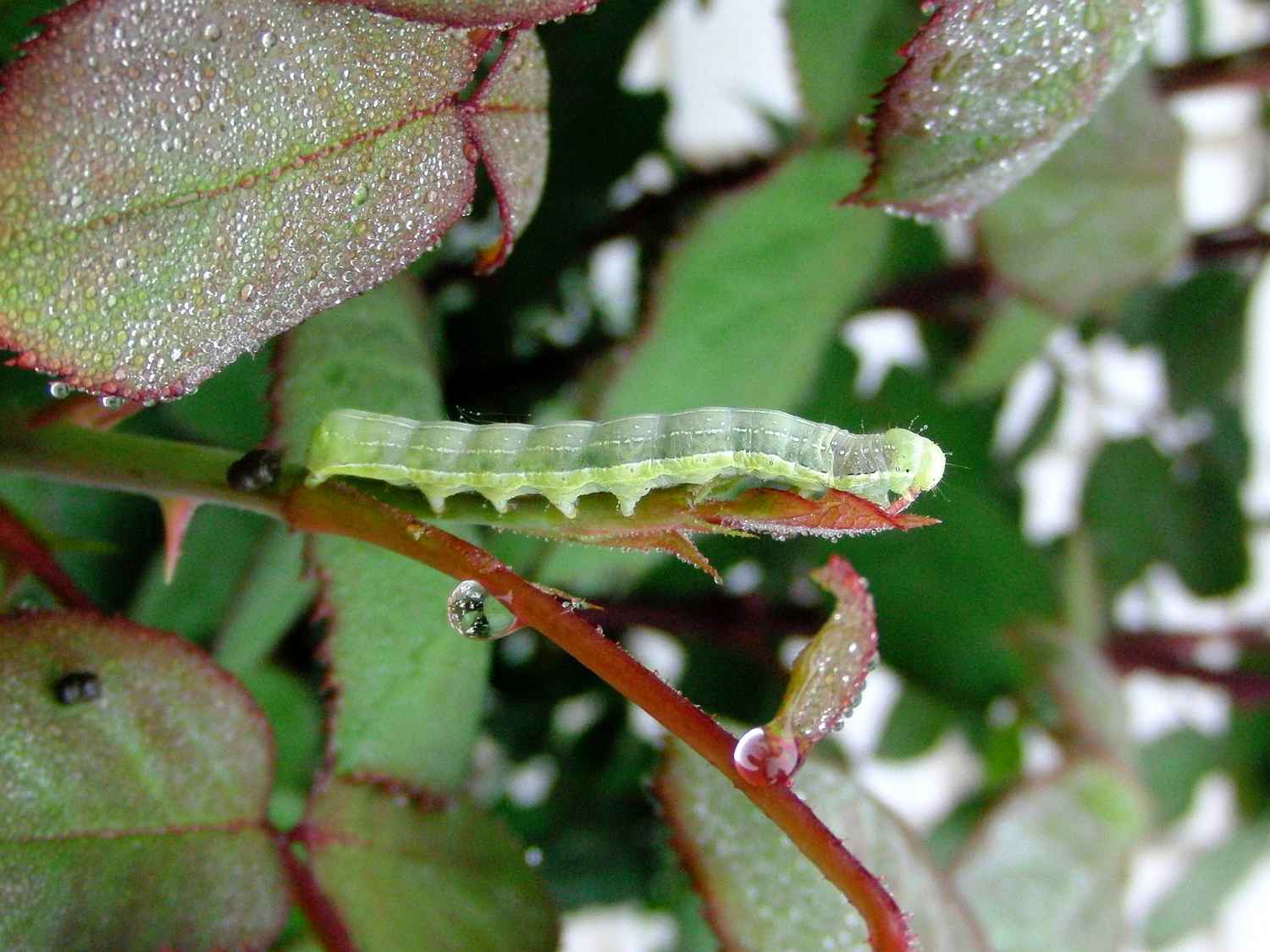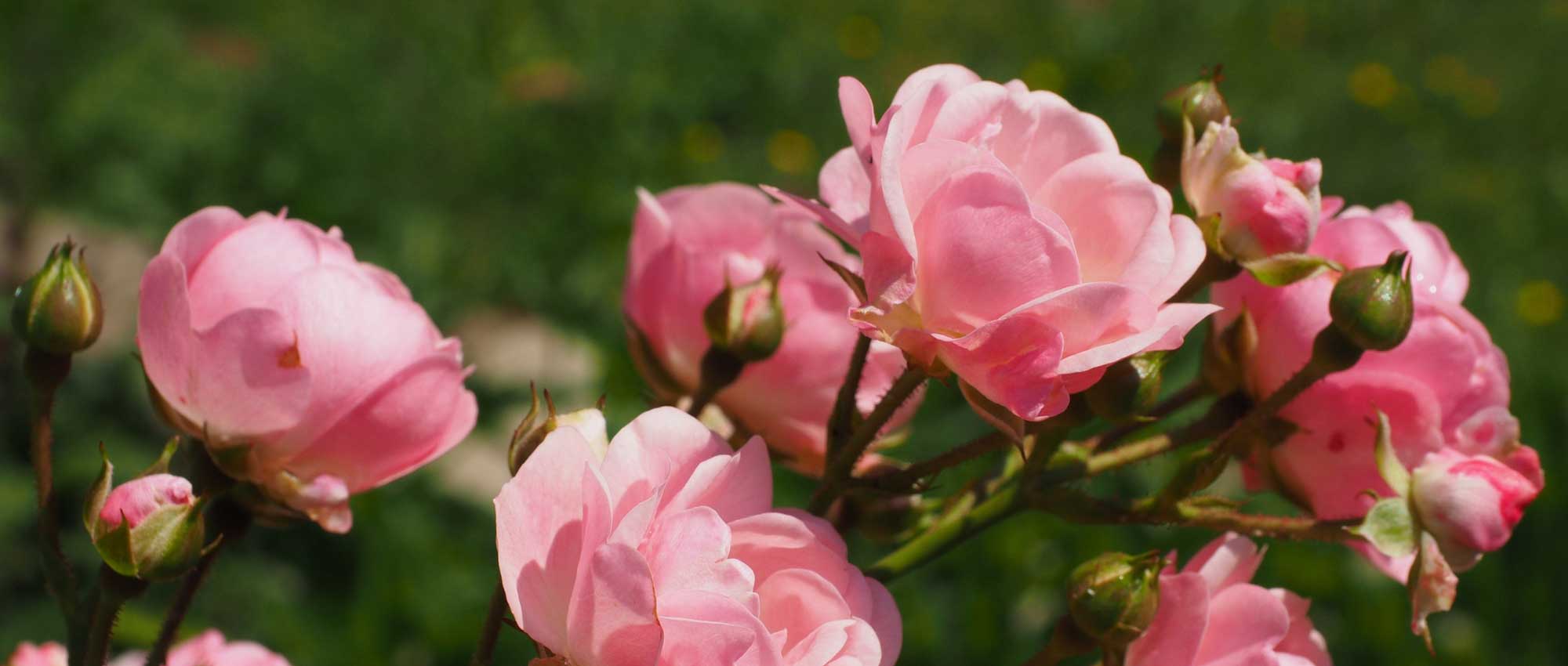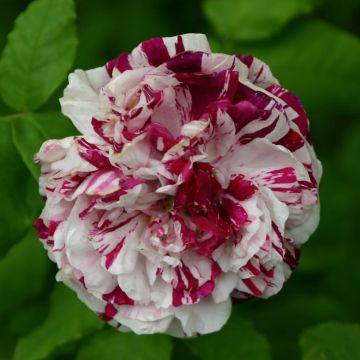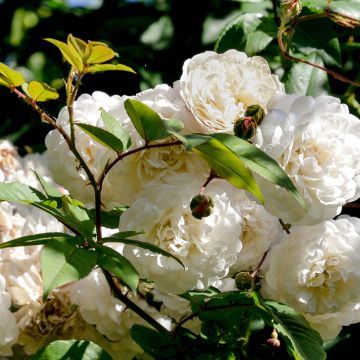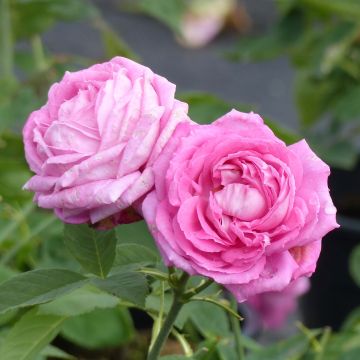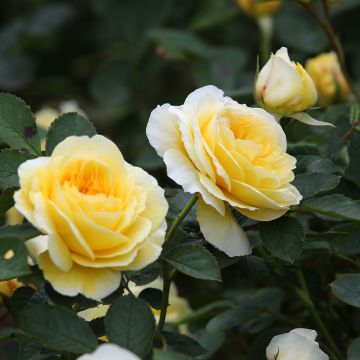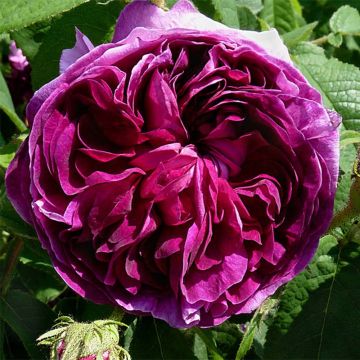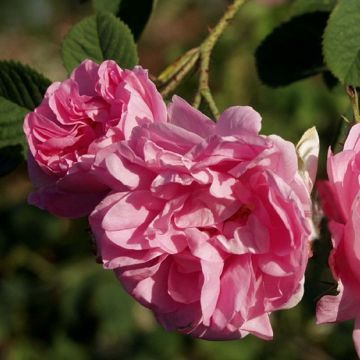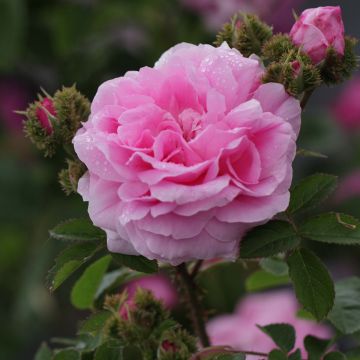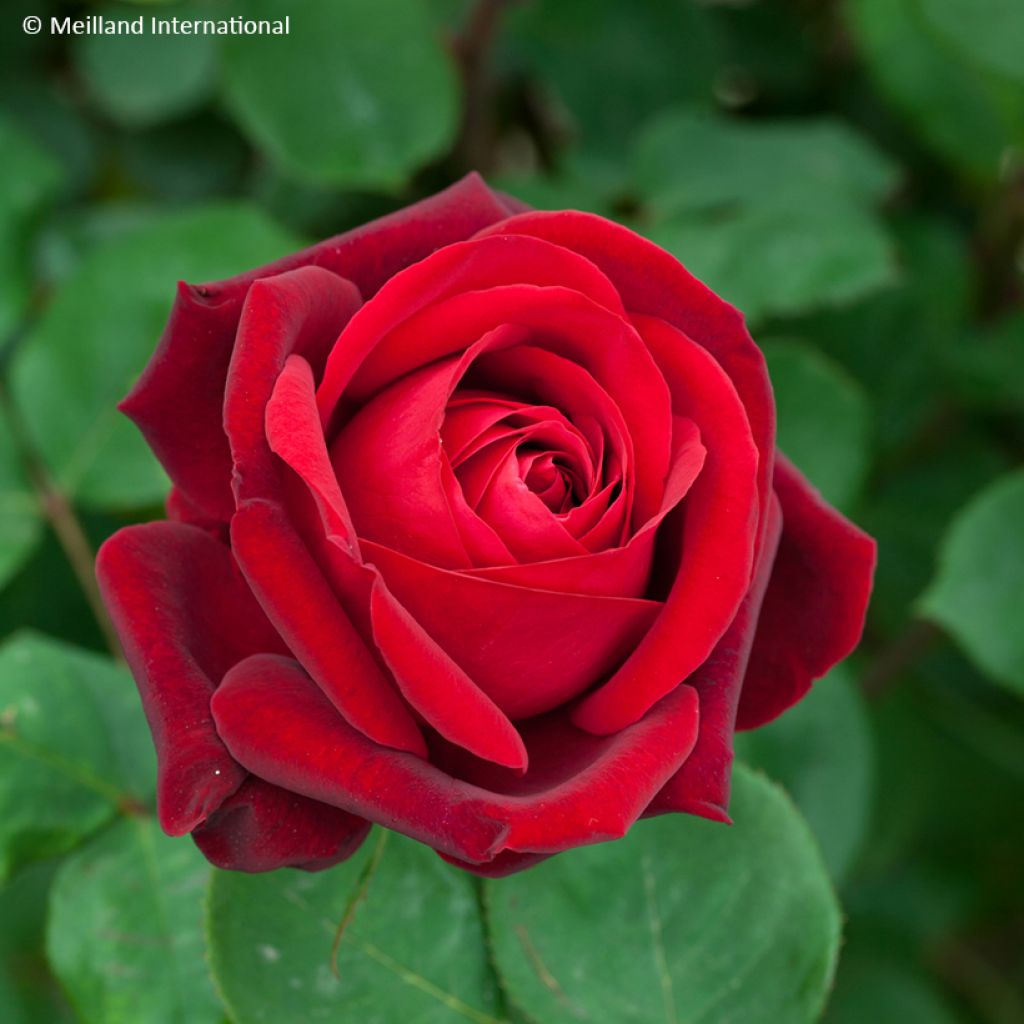

Rosa 'Meiramboys' EDITH PIAF® - Rosier Edith piaf, Rosier St. John, Rosier Framboise
Rosa 'Meiramboys' EDITH PIAF® - Rosier Edith piaf, Rosier St. John, Rosier Framboise
Rosa 'Meiramboys' EDITH PIAF®
Rosier Edith piaf, Rosier St. John, Rosier Framboise
Special offer!
Receive a €20 voucher for any order over €90 (excluding delivery costs, credit notes, and plastic-free options)!
1- Add your favorite plants to your cart.
2- Once you have reached €90, confirm your order (you can even choose the delivery date!).
3- As soon as your order is shipped, you will receive an email containing your voucher code, valid for 3 months (90 days).
Your voucher is unique and can only be used once, for any order with a minimum value of €20, excluding delivery costs.
Can be combined with other current offers, non-divisible and non-refundable.
Home or relay delivery (depending on size and destination)
Schedule delivery date,
and select date in basket
This plant carries a 24 months recovery warranty
More information
We guarantee the quality of our plants for a full growing cycle, and will replace at our expense any plant that fails to recover under normal climatic and planting conditions.

Does this plant fit my garden?
Set up your Plantfit profile →
Description
The Edith Piaf® 'Meiramboys' rose embodies the passion of the famous singer. Like her powerful voice straight from the heart, these large, perfect, deep red roses speak of raw hope and emotion. Their fruity, intoxicating fragrance encompasses them like a second gown. Hardy and abundant, this shrub rose blooms tirelessly from spring until the frosts, much like the artist herself.
The Edith Piaf® shrub rose was created by Meilland in 2005. This variety was awarded the Fragrance Prize at the Nantes Rose Competition in 2005. This rose belongs to the Hybrid Tea Roses group, known for their large, turbinate-shaped flowers. It is part of the PERFUMELLA® collection, featuring varieties renowned for their exceptional fragrances.
The Edith Piaf® rose has a bushy, dense and upright habit. It reaches a height of around 85 cm with a spread of 50 cm. Measuring 12-13 cm in diameter, the flowers have a traditional shape with 40 to 56 petals in a rich, powerful red. Initially crimson red, these roses develop purple hues as they mature. Their fragrance carries fruity hints of grapefruit, mandarin, red berries, pear, and rhubarb. This fragrance is considered medium in intensity. Flowering is relentless, with blooms appearing continuously from May-June to October. The dense, glossy, dark green foliage beautifully contrasts with the blooms' colour. The leaves are deciduous, falling in autumn and regrowing the following spring. The stems bear thorns, as is typical for most roses.
This rose was named in honour of the famous French singer Edith Piaf, nicknamed 'La Môme'. Meilland associated this variety with the exhibition dedicated to the artist at the Bibliothèque nationale de France (French National Library).
With its large, passionate red flowers, the Edith Piaf® 'Meiramboys' rose pairs beautifully with soft, luminous blooms. For a refined contrast, consider pairing it with a Bolchoï® rose with its bicolour white flowers edged with dark pink. At its feet, a ‘Sarah Bernhardt’ herbaceous peony,, with its sumptuous pastel pink flowers, will soften the display and enhance the romantic feel of the border. A hardy geranium ‘Blue Cloud’ will add freshness and movement to the display. For vertical interest and grace, include a white foxglove (Digitalis purpurea ‘Alba’). These plants will create an elegant setting where the velvety red roses will stand out against the subtle backdrop. The 'Edith Piaf' roses are perfect for creating florist-quality cut flower arrangements, whether as gifts or for your own enjoyment!
Plant habit
Flowering
Foliage
Botanical data
Rosa
'Meiramboys' EDITH PIAF®
Rosaceae
Rosier Edith piaf, Rosier St. John, Rosier Framboise
Rosa 'Edith Piaf', Rosa EDITH PIAF
Cultivar or hybrid
Other Large-flower tea Roses
View all →Planting and care
To plant your Edith Piaf rose, prepare the soil by working it to a depth of 30 cm, breaking up any clumps and adding a base fertiliser such as dried blood or dehydrated horn at the bottom of the planting hole. Place your plant after removing it from its pot, covering the top of the root ball with 3 cm of soil, then backfill and water thoroughly to eliminate any air pockets. During dry weather, water regularly for a few weeks to encourage root establishment. Also consider feeding your rose with a special rose fertiliser to promote flowering. Choose a sunny spot, or partial shade in very hot regions.
Planting period
Intended location
Care
Planting & care advice
This item has not been reviewed yet - be the first to leave a review about it.
Similar products
Haven't found what you were looking for?
Hardiness is the lowest winter temperature a plant can endure without suffering serious damage or even dying. However, hardiness is affected by location (a sheltered area, such as a patio), protection (winter cover) and soil type (hardiness is improved by well-drained soil).

Photo Sharing Terms & Conditions
In order to encourage gardeners to interact and share their experiences, Promesse de fleurs offers various media enabling content to be uploaded onto its Site - in particular via the ‘Photo sharing’ module.
The User agrees to refrain from:
- Posting any content that is illegal, prejudicial, insulting, racist, inciteful to hatred, revisionist, contrary to public decency, that infringes on privacy or on the privacy rights of third parties, in particular the publicity rights of persons and goods, intellectual property rights, or the right to privacy.
- Submitting content on behalf of a third party;
- Impersonate the identity of a third party and/or publish any personal information about a third party;
In general, the User undertakes to refrain from any unethical behaviour.
All Content (in particular text, comments, files, images, photos, videos, creative works, etc.), which may be subject to property or intellectual property rights, image or other private rights, shall remain the property of the User, subject to the limited rights granted by the terms of the licence granted by Promesse de fleurs as stated below. Users are at liberty to publish or not to publish such Content on the Site, notably via the ‘Photo Sharing’ facility, and accept that this Content shall be made public and freely accessible, notably on the Internet.
Users further acknowledge, undertake to have ,and guarantee that they hold all necessary rights and permissions to publish such material on the Site, in particular with regard to the legislation in force pertaining to any privacy, property, intellectual property, image, or contractual rights, or rights of any other nature. By publishing such Content on the Site, Users acknowledge accepting full liability as publishers of the Content within the meaning of the law, and grant Promesse de fleurs, free of charge, an inclusive, worldwide licence for the said Content for the entire duration of its publication, including all reproduction, representation, up/downloading, displaying, performing, transmission, and storage rights.
Users also grant permission for their name to be linked to the Content and accept that this link may not always be made available.
By engaging in posting material, Users consent to their Content becoming automatically accessible on the Internet, in particular on other sites and/or blogs and/or web pages of the Promesse de fleurs site, including in particular social pages and the Promesse de fleurs catalogue.
Users may secure the removal of entrusted content free of charge by issuing a simple request via our contact form.
The flowering period indicated on our website applies to countries and regions located in USDA zone 8 (France, the United Kingdom, Ireland, the Netherlands, etc.)
It will vary according to where you live:
- In zones 9 to 10 (Italy, Spain, Greece, etc.), flowering will occur about 2 to 4 weeks earlier.
- In zones 6 to 7 (Germany, Poland, Slovenia, and lower mountainous regions), flowering will be delayed by 2 to 3 weeks.
- In zone 5 (Central Europe, Scandinavia), blooming will be delayed by 3 to 5 weeks.
In temperate climates, pruning of spring-flowering shrubs (forsythia, spireas, etc.) should be done just after flowering.
Pruning of summer-flowering shrubs (Indian Lilac, Perovskia, etc.) can be done in winter or spring.
In cold regions as well as with frost-sensitive plants, avoid pruning too early when severe frosts may still occur.
The planting period indicated on our website applies to countries and regions located in USDA zone 8 (France, United Kingdom, Ireland, Netherlands).
It will vary according to where you live:
- In Mediterranean zones (Marseille, Madrid, Milan, etc.), autumn and winter are the best planting periods.
- In continental zones (Strasbourg, Munich, Vienna, etc.), delay planting by 2 to 3 weeks in spring and bring it forward by 2 to 4 weeks in autumn.
- In mountainous regions (the Alps, Pyrenees, Carpathians, etc.), it is best to plant in late spring (May-June) or late summer (August-September).
The harvesting period indicated on our website applies to countries and regions in USDA zone 8 (France, England, Ireland, the Netherlands).
In colder areas (Scandinavia, Poland, Austria...) fruit and vegetable harvests are likely to be delayed by 3-4 weeks.
In warmer areas (Italy, Spain, Greece, etc.), harvesting will probably take place earlier, depending on weather conditions.
The sowing periods indicated on our website apply to countries and regions within USDA Zone 8 (France, UK, Ireland, Netherlands).
In colder areas (Scandinavia, Poland, Austria...), delay any outdoor sowing by 3-4 weeks, or sow under glass.
In warmer climes (Italy, Spain, Greece, etc.), bring outdoor sowing forward by a few weeks.






























